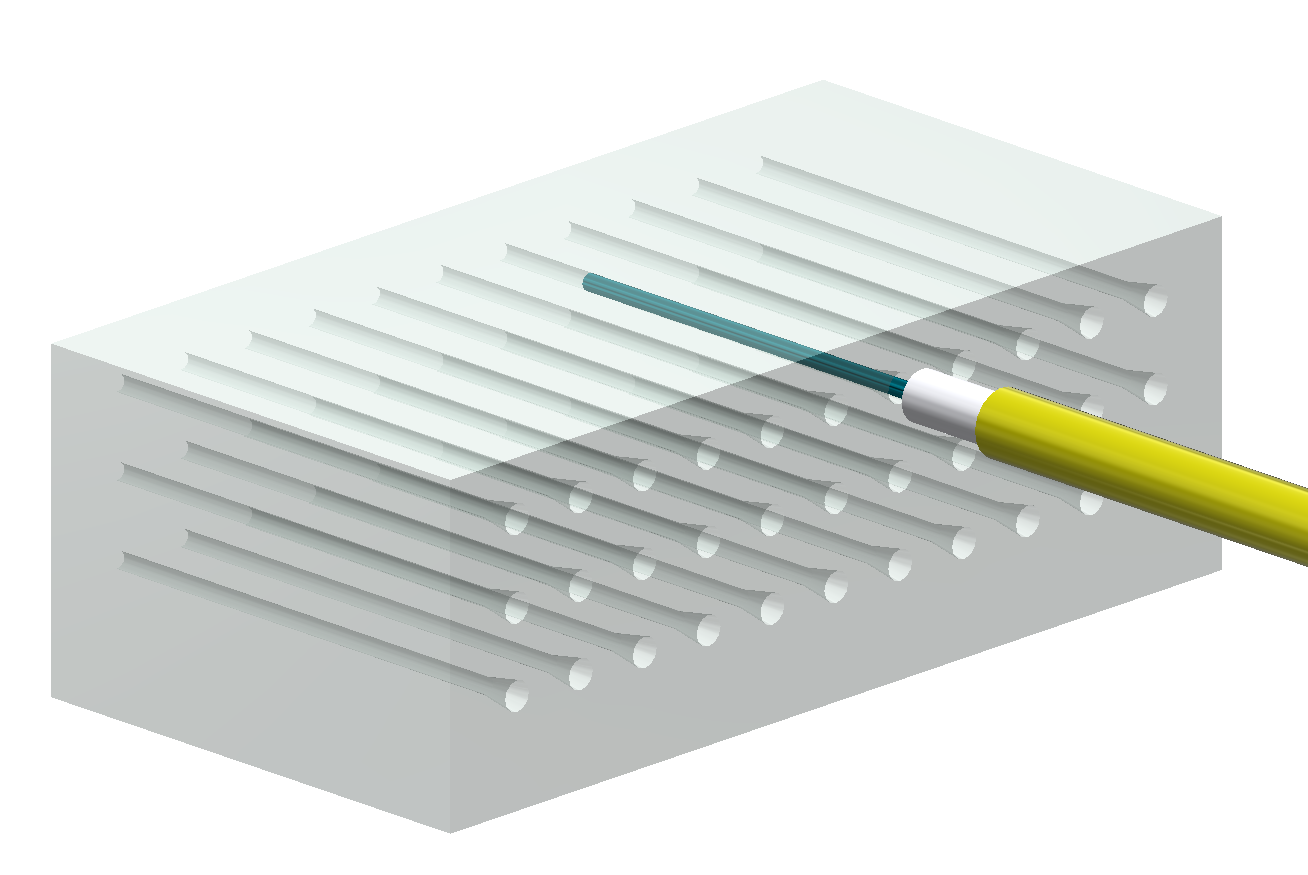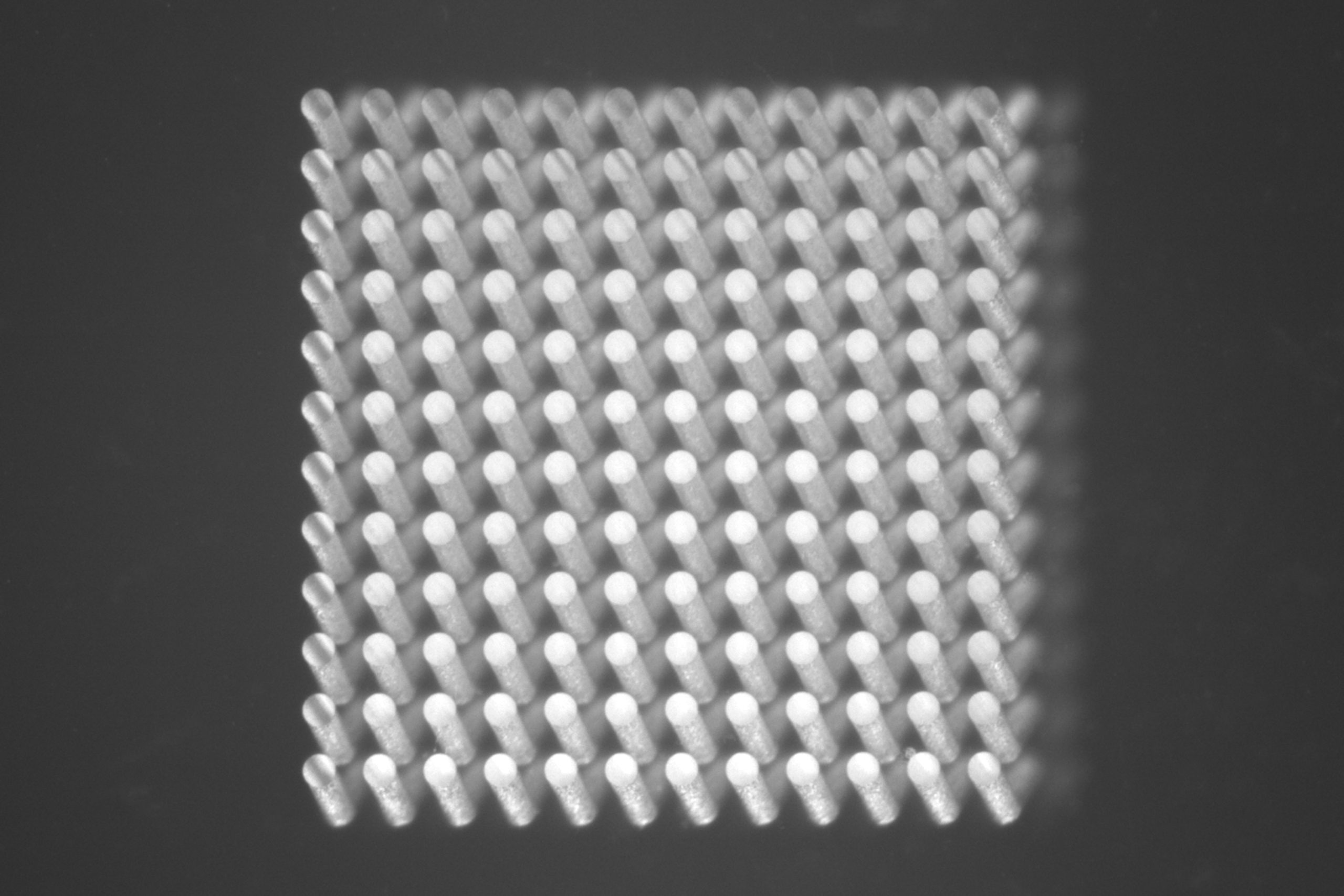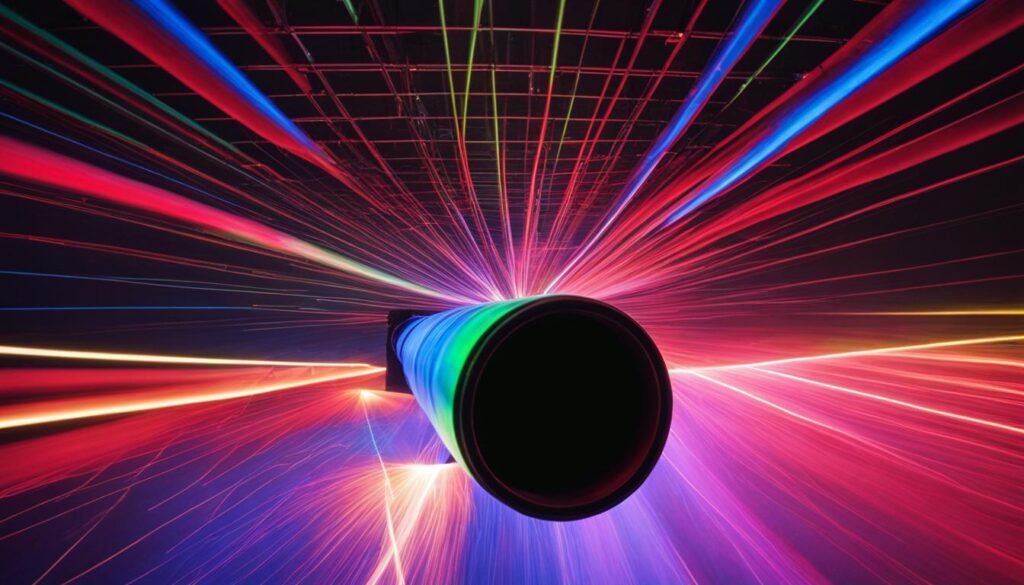Contents

Source: Workshop of Photonics
Understanding Fiber Arrays in Photonics
Fiber arrays, also known as fiber-optic arrays or fiber array units, are crucial components in the field of photonics. These arrays can be one-dimensional or two-dimensional, consisting of optical fibers that are often arranged at the end of a fiber bundle. Their primary function is to facilitate the coupling of light between different photonic components, such as from a source array to fibers or from fibers to planar waveguides on a photonic integrated circuit.
Construction and Configuration of Fiber Arrays
Linear and Two-Dimensional Arrays
Linear fiber arrays are typically constructed by placing individual fibers into V-grooves on a solid surface. For two-dimensional arrays, precise positioning is achieved using holes in materials like glass, polymer, or metal plates. While simple square lattices are common, more complex structures with varying fiber spacing can also be created. These configurations are essential for specific applications where fiber spacing may need to be minimized or increased.
Parameters and Customization
Fiber arrays are characterized by several key parameters, including the number and type of fibers, their spacing, and the lattice type used in two-dimensional arrays. Additional factors include the core diameter, numerical aperture, polarization handling, end face angle, and the use of end caps or mode converters. Due to the numerous variable parameters, fiber arrays are often customized for specific applications.
Types of Fibers Used
Fiber arrays are predominantly made from silica fibers, suitable for a range of spectral regions from near-infrared to ultraviolet. Depending on the application, both single-mode and multimode fibers are utilized. In cases where polarization needs to be maintained, polarization-maintaining fibers, such as the PANDA type, are employed.
Applications of Fiber Arrays
Coupling to Photonic Integrated Circuits
Fiber arrays play a vital role in coupling optical fibers to photonic integrated circuits. These circuits require precise alignment and mode adaptation due to their small dimensions and multiple signal paths. Specialized mode size converters and active alignment techniques ensure efficient coupling between chip waveguides and fibers.
Telecommunications and Data Applications
In telecommunications, fiber arrays are used for signal distribution, such as in cable TV systems, and in fiber-optic switches for network routing. They facilitate the use of wavelength division multiplexing, where each fiber in an array corresponds to a different wavelength. Fiber arrays are also employed in optical cross-connect switches for flexible data signal routing.
Astronomical Telescopes
In astronomical applications, fiber arrays transport light from telescopes to analytical devices for high-resolution spectral analysis. This capability allows for simultaneous analysis of multiple viewing directions.
Coupling to Laser Diode and VCSEL Arrays
Fiber arrays can be coupled with laser diode arrays, also known as diode bars, to direct radiation from each emitter into individual fibers. Similar techniques apply to VCSEL arrays, enhancing their application in various optical systems.
Beam Combining and Laser Material Processing
Fiber arrays are ideal for spectral beam combining, where the output from multiple fiber lasers is combined using a diffraction grating. In laser material processing, fiber arrays enable increased processing speeds by irradiating multiple spots on a sample simultaneously.
Conclusion
Fiber arrays are indispensable in modern photonics, providing efficient and versatile solutions for light coupling and distribution across various applications. Their ability to be customized and integrated into complex systems makes them a cornerstone of optical technology.

Source: Workshop of Photonics
Feel free to comment your thoughts.



